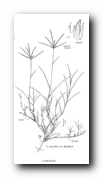
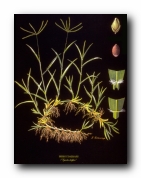
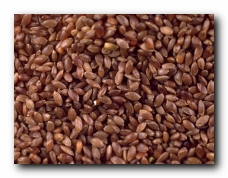
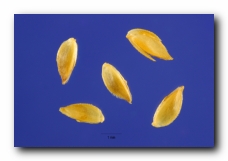
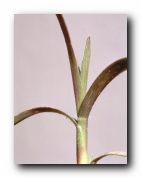
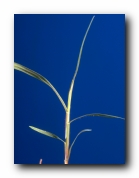
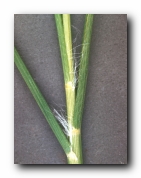
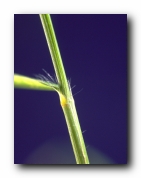
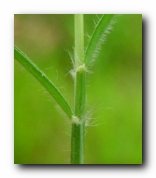
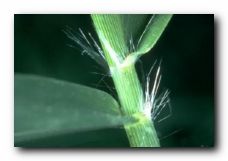
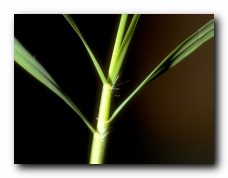
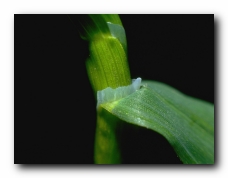
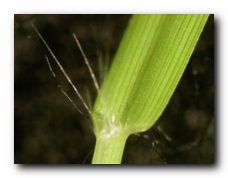
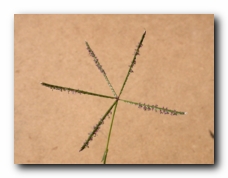
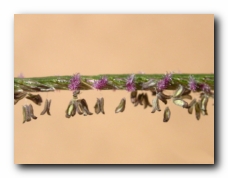
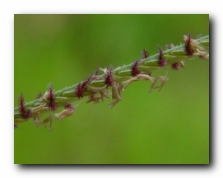
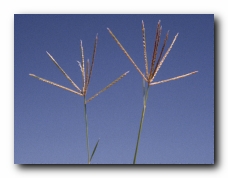
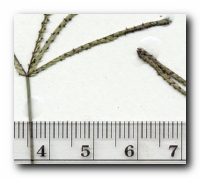
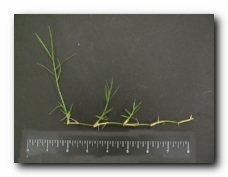
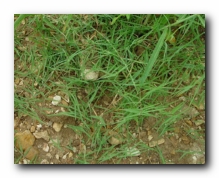
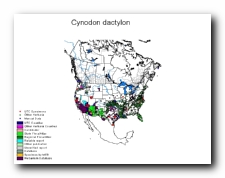
40" Rows: Broadcast:
10 pound pure live seed per acre
Sprig: coastal 20-25 bu/A, tifton 85 15-20 bu/A
Loam:
Clay:
High
High
High
Habit: Low diffuse and extensively creeping perennial, with scaly rhizomes and long, strong, flat stolons. Culms: Flowering culms 10-30 cm. tall or taller, erect, smooth and glabrous, flattened, wiry. Blades: 2.5-5 cm. long, 1-4 mm. wide, flat, rigid, smooth beneath, scabrous above, villous at base near ligule, often conspicuously 2-ranked. Sheaths: Crowded at the base of the culm and along stolons, mostly glabrous. Ligule: A conspicuous ring of white hairs. Inflorescence: Spikes 3-8, purple, 1.5-5 cm. long, rachis flat. Spikelets: 2 mm. long, numerous, imbricated, flattened, in slender digitate spikes, sessile in two rows on one side of the slender, continuous rachis, 1-flowered, laterally compressed, awnless, rachilla disarticulating above the glumes and prolonged behind the palea as a slender, naked bristle, sometimes bearing a rudimentary lemma. Glumes: Narrow, acuminate, 1-nerved, about equal, 1.5 mm. long, hispid on the keel, the first shorter than the second, two thirds as long as the lemma. Lemmas: Firm, strongly compressed, about 2 mm. long, broad, boat-shaped, acute, ciliate on the keel, the lateral nerves close to the margins. Palea: About as long as its lemma, ciliate on the prominent keels. Floret: Stigmas purple, stamens 3. Fruit: Grain free, within the lemma and palea. Habitat: Fields and waste places, lawns. July-September. Use: Often used as a lawn grass. In southeastern United States, it is the most important pasture grass.
Special Notes:
Bermudagrass (Cynodon dactylon) Information #1
Bermudagrass (Cynodon dactylon) Information #2
Bermudagrass (Cynodon dactylon) Information #3
Bermudagrass (Cynodon dactylon) Information #4
A Lot More Bermudagrass (Cynodon dactylon) Information